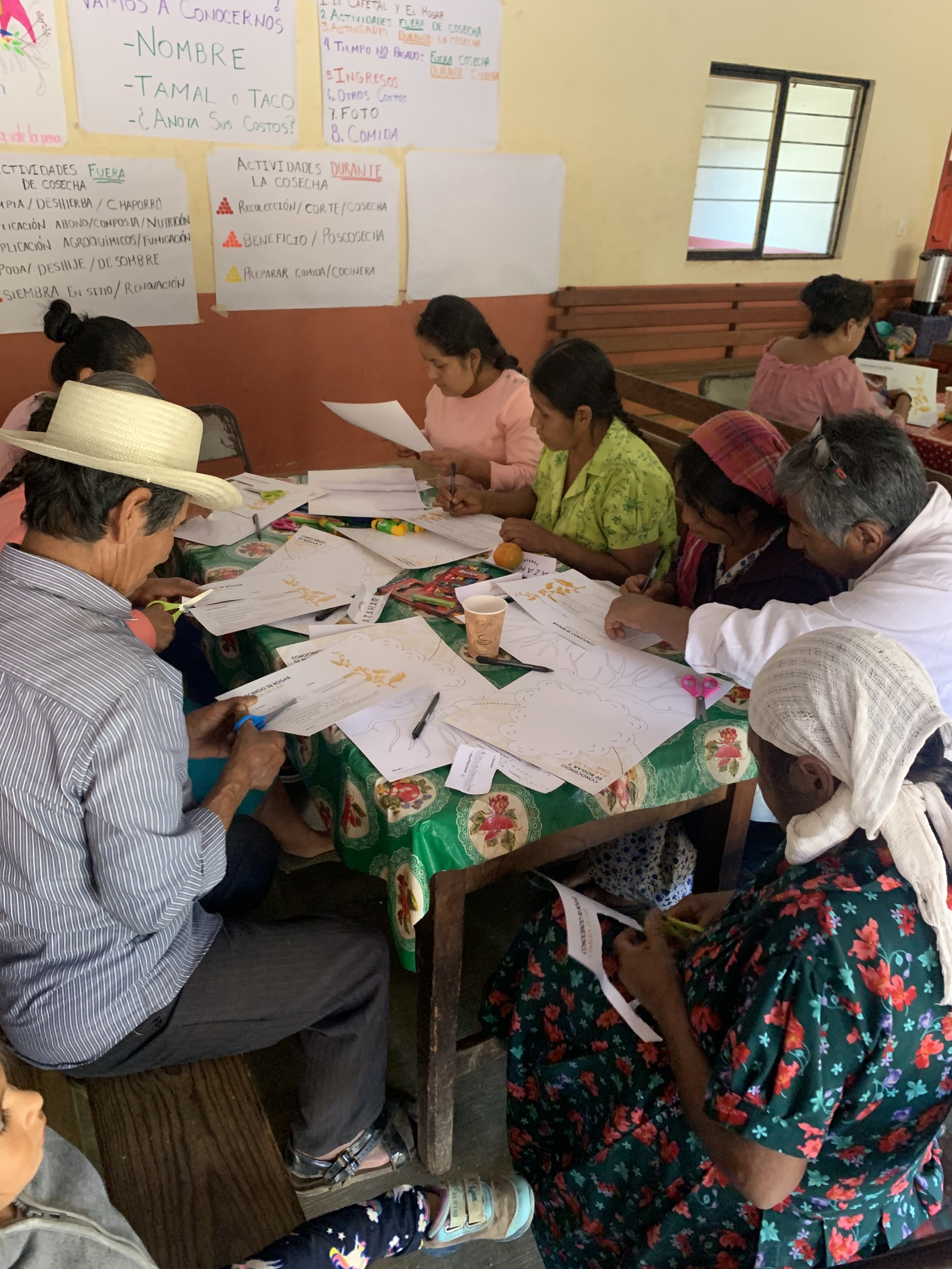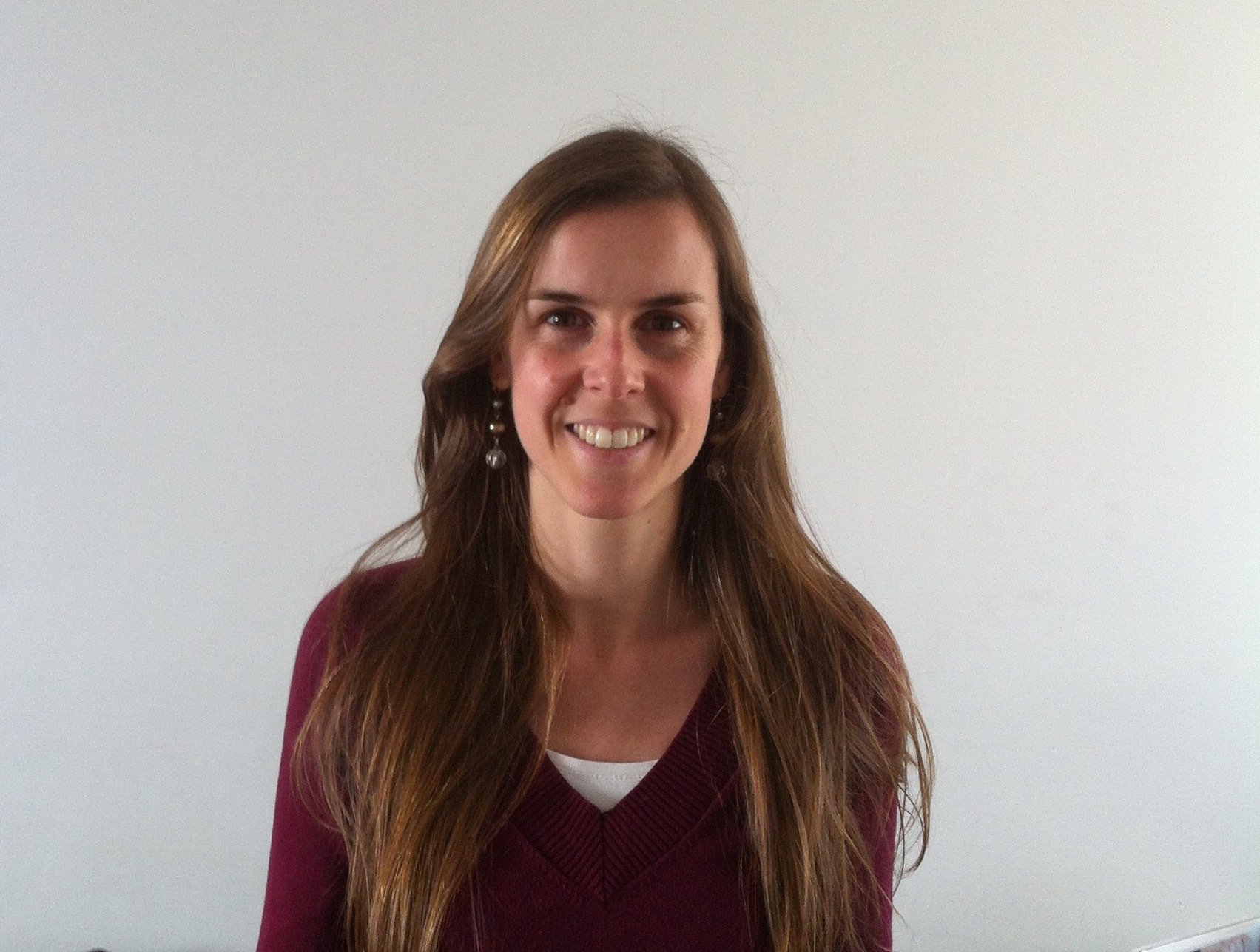Sustainable Coffee Buyer’s Guide: unraveling fair prices
Written by Carolina Pirola
For decades, the coffee industry has asked itself what fair coffee prices are. Answers like “anything above market price” and “whatever Fairtrade pays” are common, but they are not enough to start a meaningful conversation with the potential to have an impact on the value chain.
In an industry where transparency and sustainability are increasingly demanded – yet those terms are not uniformly defined – it is surprisingly difficult to figure out whether farmers are paid enough to cover the basics. This is partly due to the fact that the way coffee is produced differs between farms and from one season to the next. However, it is not only about whether those prices cover costs of production – but whether they are sustainable for producers in the long run.
With this in mind, Colombia-based coffee export company Azahar Coffee set out to develop a tool to inform socially conscious coffee buyers about the price point required for farmers to achieve different levels of income. After three years of manually collecting data to track the earnings and costs of production of Colombian producers, the company presented the inaugural version of their Sustainable Coffee Buyer’s Guide (SCBG) at the 2022 SCA Expo last month.
Picture by Azahar Coffee
Defining what fair prices actually mean at farm level
The SCBG is a tool that makes price recommendations based upon four income goals that vary by region, average cost of production and average yield:
Poverty Prices, the prices required to achieve income equivalent to Colombia’s rural poverty line. “This is not meant as a goal but more as a wake-up call,” says Vera Espíndola, Director of Strategic Initiatives at Azahar;
Legal Prices, which would give the farmer income in line with a Colombian national minimum wage, including an allowance for healthcare and pension costs;
Living Prices, the prices required to achieve a living income; and
Prosperous Prices, the prices required to achieve a Prosperous Income.
This last income goal reflects the prices a farmer requires to earn, on average, a living wage for the number of days they work, plus an extra 20% for personal savings. The most distinguishing factor in this income goal is that the farmer’s adult family and friends get living wages for the days that they work on the farm – this labor is normally not accounted for. In addition, non-labor costs are increased with a 20% savings for any new investments at the farm.
“We’re hoping this will push people to discuss beyond whether their prices are good enough to give producers the bare minimum and think: Are they actually good enough for people to thrive?” says Tyler Youngblood, CEO of Azahar.
The backbone of the guide is a formula that helps buyers calculate this. “If you know at least three data points (price to farmer, the country you’re in, and the thing that they’re selling), the platform that we’ve been designing allows you to look up how good that price is vis-à-vis the prices required to meet the different income goals,” explains Tyler.
The guide, which is now its own entity, is made up of three tools: a subscriber-only printed booklet, an online platform and an app. The extended version of the online platform will be released later in the year and the application by next year. Both will be developed in collaboration Cropster. The guide is available for Colombia and it is currently in production for Mexico. The intention is to publish annual guides for other coffee-producing countries as well.
Picture by Azahar Coffee
A data-sharing cycle that benefits all
To ensure that producers get more for their time and data than just the promise of a fair price if buyers follow the guide, Cropster has added functionalities to the app that cater particularly to them: it allows producers to plug in their data and make their own calculations for their farm operations. The ultimate goal is for producers to be able to “benchmark their own variables against variables in their region and understand immediately what prices they need to work on commanding in a given season in order to be able to make different levels of income,” explains Tyler.
The data shared on the app by producers will also feed the database from which it pulls information to generate calculations, making it a more useful tool. “Keeping the data up-to-date is a huge challenge, and that is where Cropster comes in,” explains Vera. “It doesn’t work for anybody if we sit on the data and cannot produce the guide quicker – that’s why it’s important to push this phase of technology.” Tyler agrees: “In the future, ideally, most of the information will be collected with an application that provides farmers with instantaneous feedback.”
In order to make the tool even more accessible, the plan is to make the app free for producers by including the costs of the technology behind the guide in the subscription fee of the printed version of the guide.
Picture by Azahar Coffee
A starting point for a more meaningful conversation
It is often difficult for buyers and consumers to understand what is behind the price they’re asked to pay. Vera believes that if information about costs of production and income goals is shared with buyers and consumers, they will have a much easier time accepting different price points. “Sometimes it’s difficult that a data point that’s been given on the spot resonates with you, but if you maybe see [a breakdown of the costs of production and income goals of producers], it’s easier to make a decision. Again, technology plays a part in this.”
Still, the goal of the SCBG is not to see how better prices at farm level affect the value chain. “The guide is a pre-competitive tool that makes recommendations at the farmgate level. What happens after that is very much for everyone else to figure out,” concludes Tyler. “At the end of the day, what matters the most to us in leading this project is figuring out what producers are actually capable of making at different prices.”
Carolina Pirola
Carolina Pirola is a journalist and communications specialist based in Madrid, Spain. A personal interest in sustainability led her to investigate coffee farming communities in the Canary Islands and northern Argentina, where she discovered the multitude of challenges & inequities that smallholder producers face.





